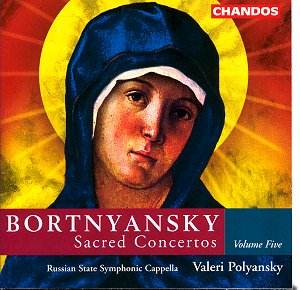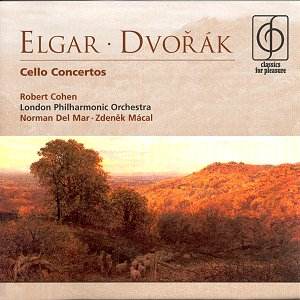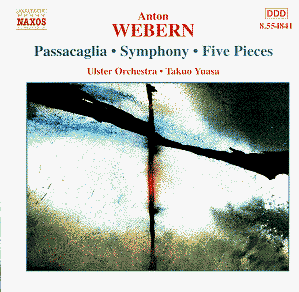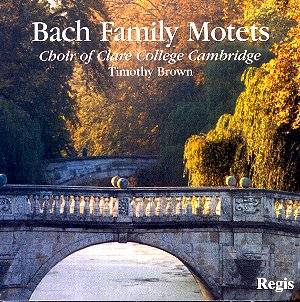 Composer: Dmitri Stepanovich Bortnyansky
Composer: Dmitri Stepanovich Bortnyansky
Works: Sacred Concertos, Volume 5: Nos. 30-35
Performers: Russian State Symphonic Cappella, Valeri Polyansky (conductor)
Recording: Recorded in the Dormition Cathedral of Smolensk and St. Sophia’s Cathedral, Polotsk in 1989/90. [DDD]
Label: Chandos CHAN9956
Dmitri Bortnyansky, a pivotal figure in the Russian choral tradition, has often been overshadowed by his contemporaries, yet his contributions to sacred music reveal a rich tapestry of emotional depth and stylistic diversity. This fifth volume of his Sacred Concertos, encompassing works numbered 30 to 35, showcases the composer’s unique ability to blend liturgical fervor with operatic lyricism, a reflection of his formative years spent in Italy. Bortnyansky’s career, marked by his role as the official censor of church music under Tsar Alexander, lends a historical gravity to these compositions that resonate with both the sacred and the secular.
The performance by the Russian State Symphonic Cappella under Valeri Polyansky is nothing short of exemplary. The choir exhibits remarkable technical prowess, particularly in the exposed passages of No. 34, “But let the righteous be glad,” where the top line demands not only precision but also a sense of buoyancy. Polyansky’s direction reveals a nuanced understanding of Bortnyansky’s stylistic demands, allowing the choir to navigate the delicate interplay of textures and dynamics with ease. The ecstatic celebration found in the last movement of No. 31, “For God is the King of all the Earth,” is brilliantly captured, with the singers infusing their delivery with a palpable sense of joy.
Musically, the disc navigates a remarkable range of moods, from the poignant opening of No. 30, “Hear my voice, O God,” which unfolds with a lyrical intensity that draws the listener into a meditative space, to the lighter textures of No. 35, “Lord, who shall abide in thy tabernacle?” The third movement of No. 33, “Yea, as I walk through the valley of the shadow of death,” stands out for its delicate, almost fragile quality, showcasing the choir’s ability to convey the depth of emotion inherent in the text. This blend of operatic lyricism and sacred reverence, noted by Tchaikovsky in his editorial work on these concertos, is effectively realized through Polyansky’s sensitive pacing and the choir’s responsive articulation.
The engineering quality of this recording merits particular praise. Captured in the resonant acoustics of two grand cathedrals, the sound is both rich and clear, allowing individual voices to shine while maintaining the ensemble’s integrity. Each nuance is preserved, from the hushed prayers of the opening movements to the exuberant proclamations in the climactic passages. The balance between choir and acoustic space creates an immersive listening experience that does justice to Bortnyansky’s intricate writing.
Through this volume, Bortnyansky emerges not merely as a composer of his era but as a timeless voice whose music speaks to the profundity of human experience. The Russian State Symphonic Cappella, under Polyansky’s expert guidance, delivers a performance that is both technically superb and emotionally resonant. This recording is a significant addition to the canon of Russian sacred music, reaffirming Bortnyansky’s place as a masterful composer worthy of renewed attention in both concert halls and personal collections alike.


